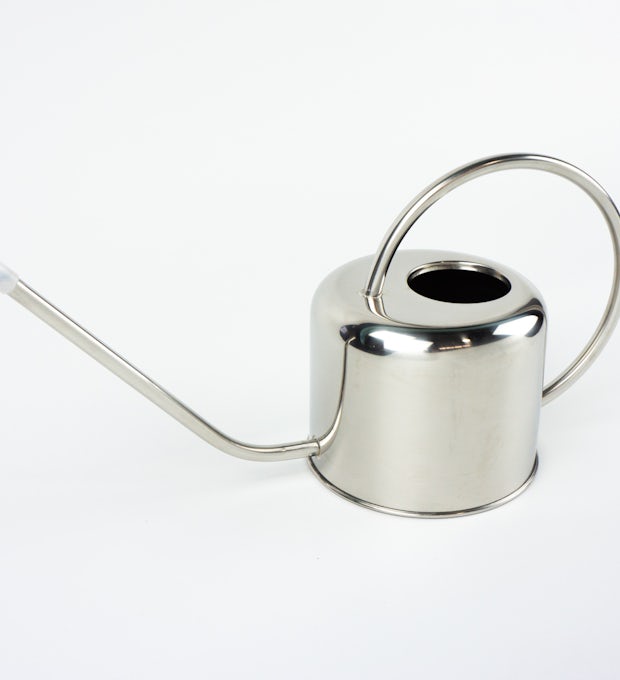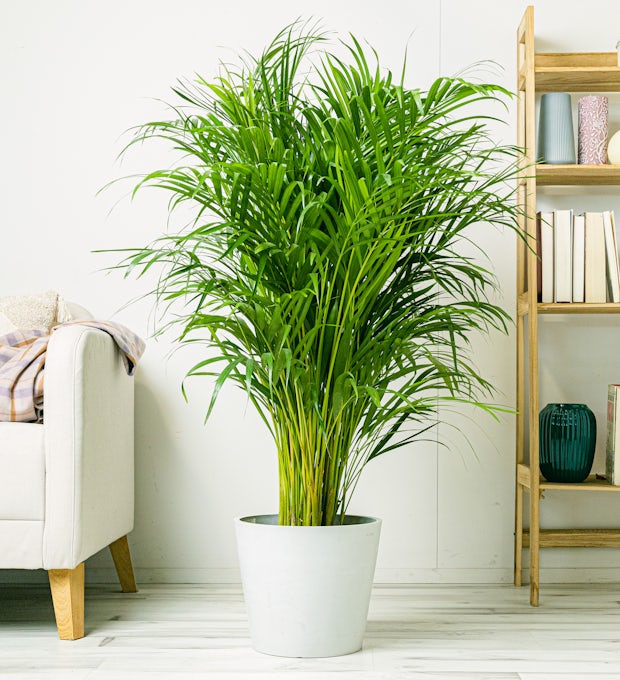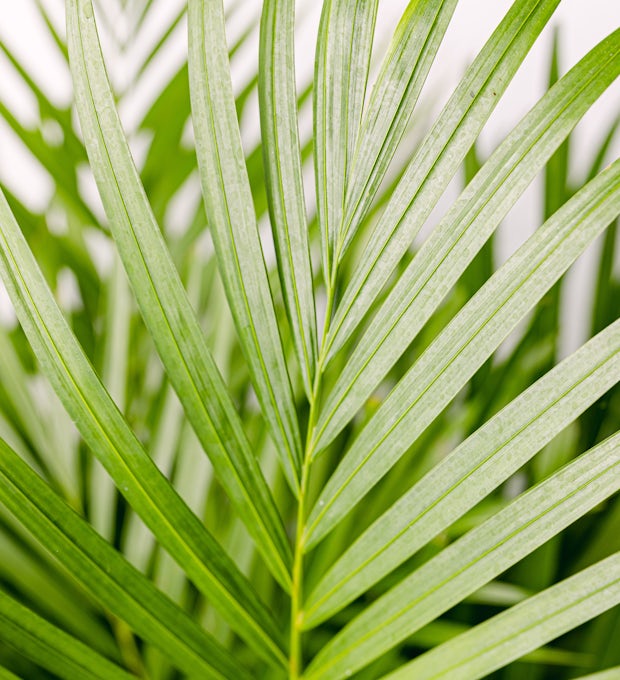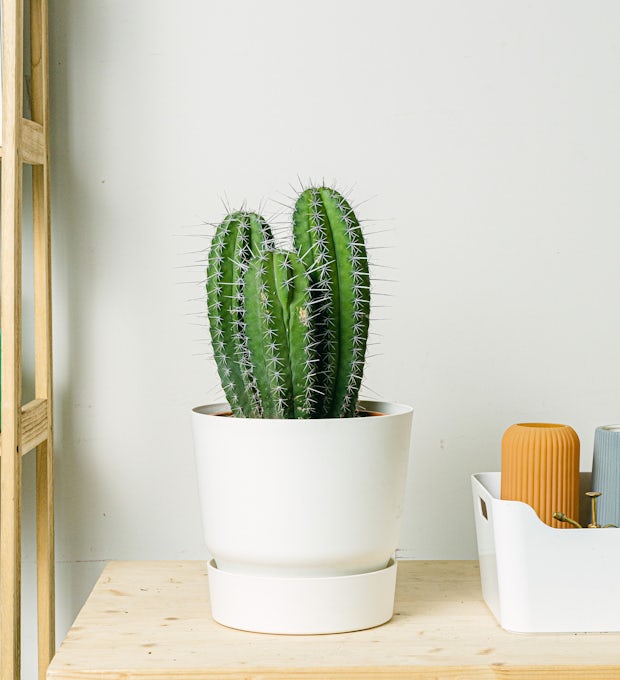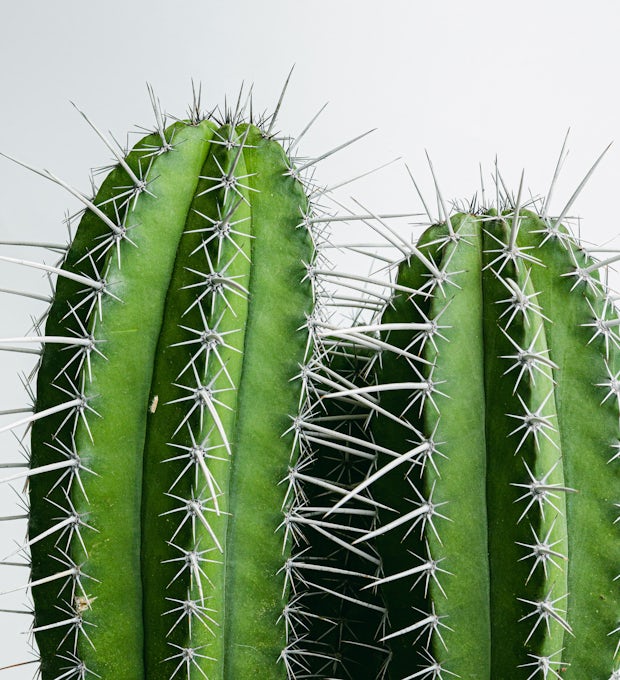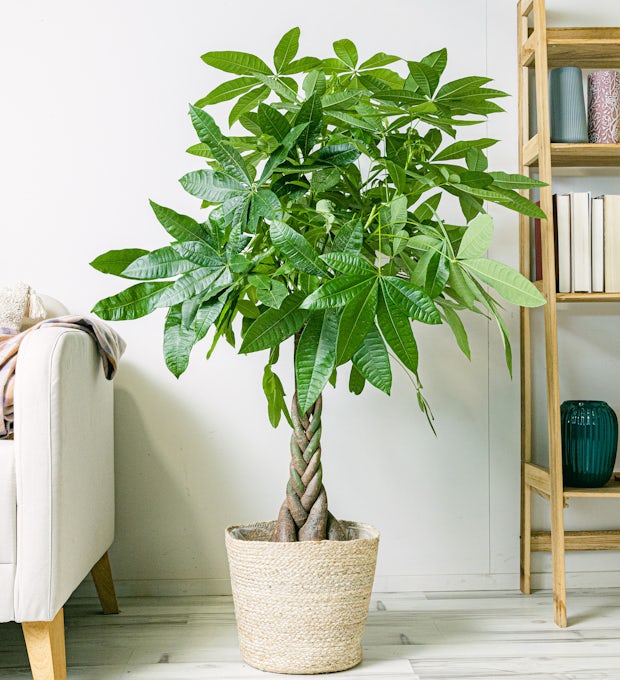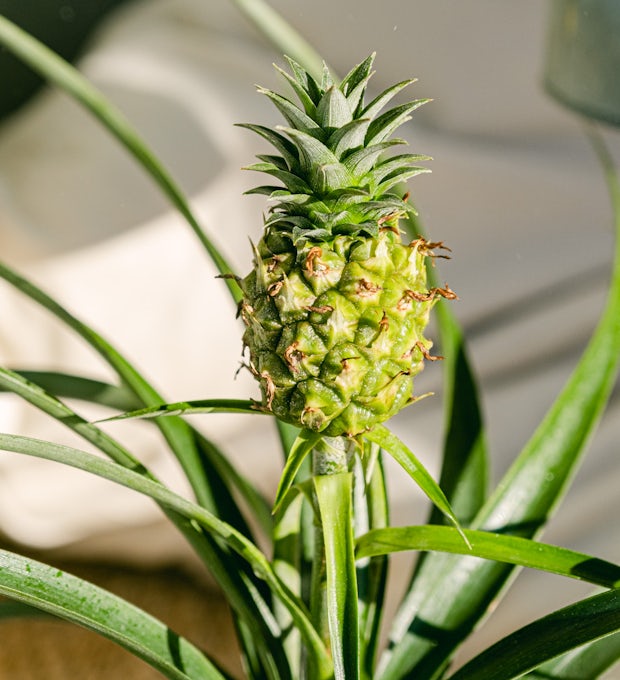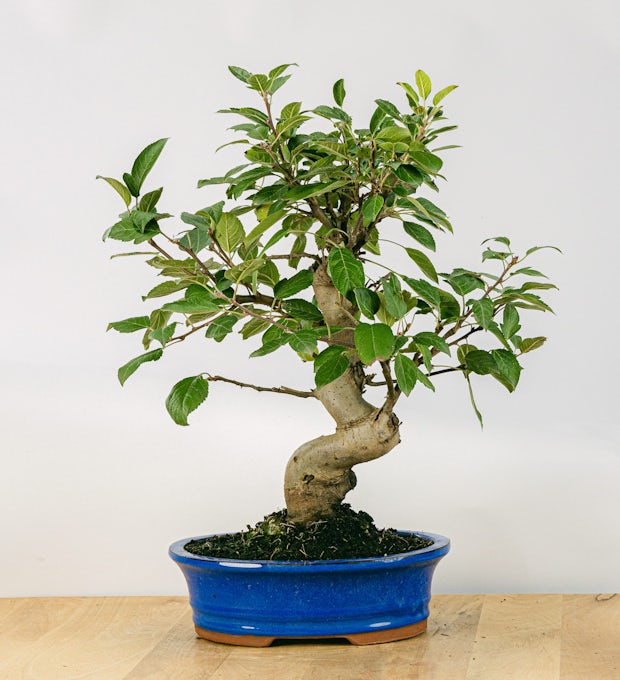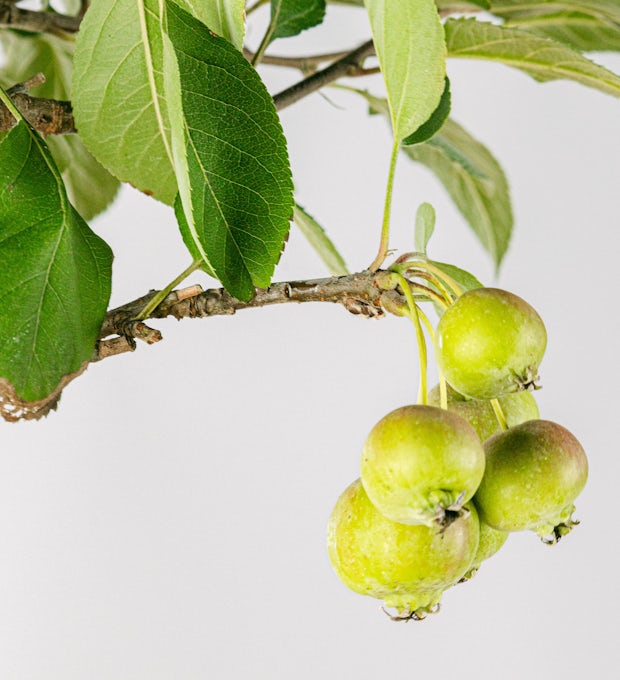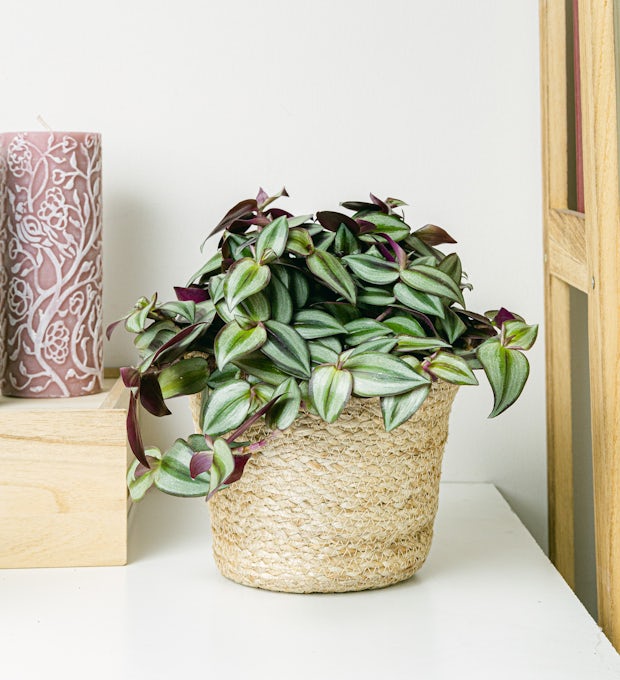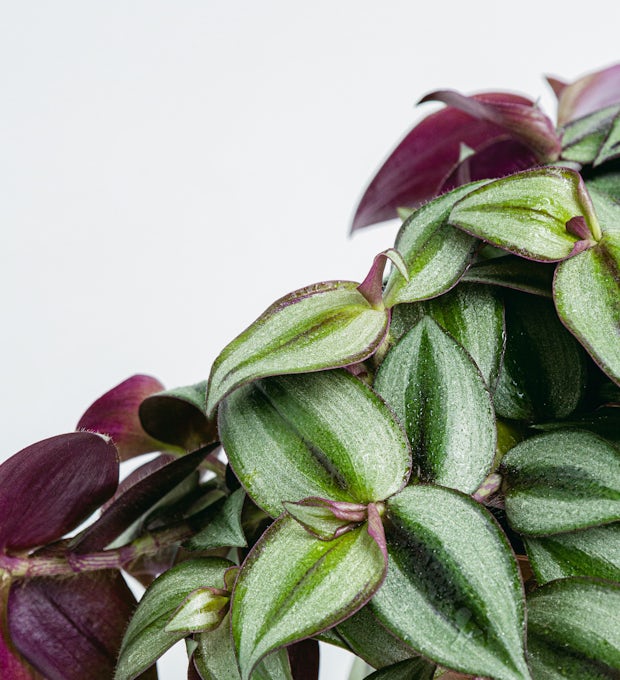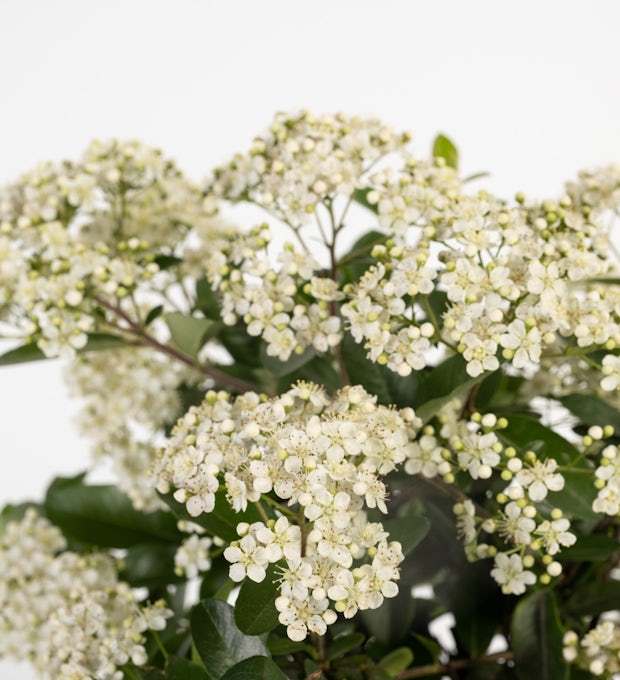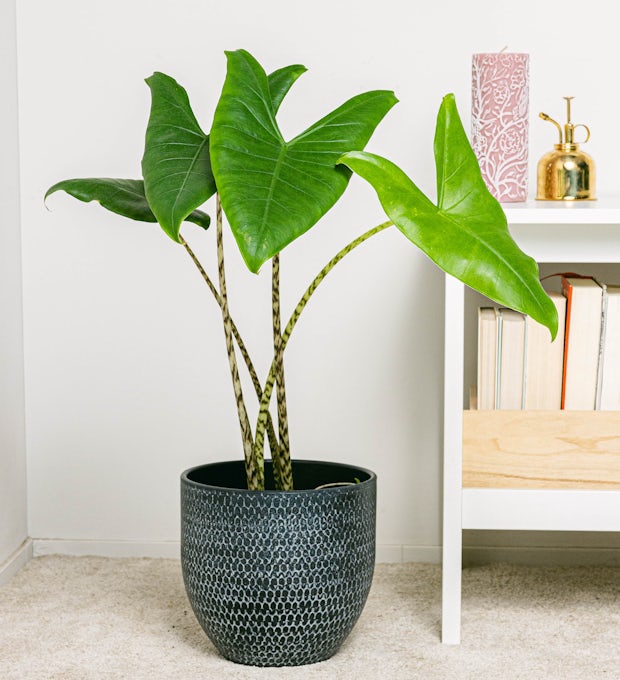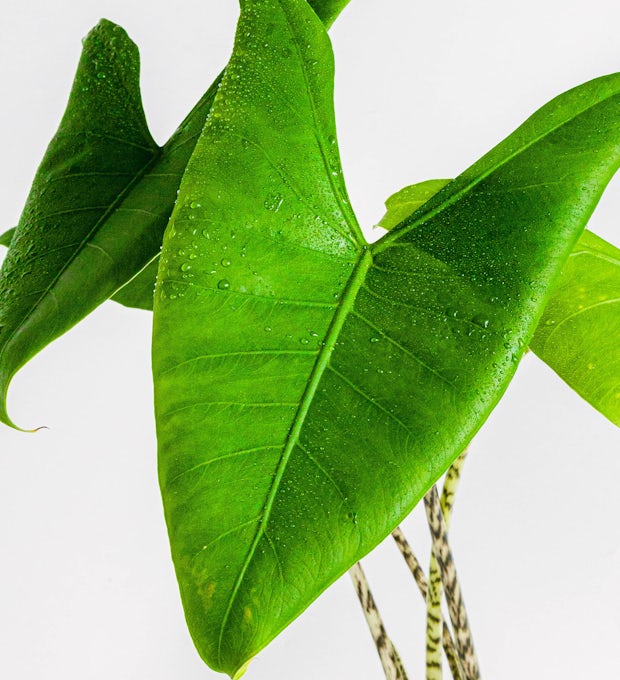If you've been feeling like a serial plant killer, it's time to enter the rehabilitation process and we're here to help. The first thing you should bear in mind to get out of the sad cycle of plant death is that the number one mistake, the great enemy of every plant and amateur gardener, is just one: water. Watering is one of the first obstacles that a newcomer to the world of plants comes up against, and it seems that you have to have a doctorate in some arcane and occult science to decipher when and how to water. Nothing could be further from the truth, learning how much water you should water your plants with will be very simple after reading our advice.
Why you should water your plants
Let's skip the commonplace: water is indeed essential for all living things, but its relationship with plants goes beyond a simple necessity.
The role of water in the biological processes of plants is more evident than in other living things and this happens for quite simple reasons: the cellular structure of plants and the properties of water.
Let's remember a bit from our biology classes in high school to understand the importance of watering plants well.
Water is the universal solvent, which means that it can bind to many substances. This is because water molecules are polar. One part is positive, while the other part is negative; so this allows it to bind with other polar molecules such as carbohydrates and mineral salts, which are the primary substances for plant nutrition. Water also has a high heat and vaporisation capacity, which allows the plant's energy to be dissipated easily. This enables plants to adapt better to changes in temperature.
On the other hand, you may have noticed that plants can stand upright and tall even when they do not have an internal structure (such as bones) that allows them to do so. This happens thanks to the cell wall. This is a structure that surrounds the cell membrane, giving it structure and shape. Living beings such as mammals have a slightly different cell membrane, in which cholesterol is present and this ensures its stability. In plants, it is the cell wall that maintains the shape and rigidity of the cells, as long as it does not dry out. This is why plants need a constant flow of water, which quickly replenishes the water they use to maintain their processes.
Water can also easily adhere to many surfaces, so inside the plant it adheres to vascular tissue, transporting fluid and nutrients to all the cells.
The problem is that plants lose a lot of water through transpiration, which is necessary to regulate their temperature and to capture carbon dioxide for photosynthesis, so it is necessary to keep their watering levels optimal so that they can continue to stand upright and carry out their metabolic and photosynthetic processes.
How to know how much water to water
I would love to be able to give you a chart that says something like "Calatheas should be watered on Tuesdays and Thursdays, at 5pm with 2 litres of water", a recipe as precise as a chocolate cake. This would make everything SO simple that we wouldn't have people murdering plants left and right, but the truth is that there are no universal guidelines for how much water should be used for each type of plant. But as I said at the beginning, there is no mystery in all this, you just have to take into account certain factors that will determine the amount and frequency of watering. Let's go through them one by one:
We ship plants to all locations, you can see more options here.
Plant size
Watering a small lemon tree is not the same as watering a mini succulent. The size of the plant indicates the size of the root system, which will require a certain amount of water depending on its size. This is also the reason why each plant should be in a pot of the right size, because if small roots are in a pot that is too big, it will be easier to water them and kill the plant. If the opposite is true, large roots in a small pot, then there will be no way for the roots to absorb enough water to support the plant.
Lighting
A plant that is in full sun will need more frequent and abundant watering than one that is in semi-shade. This is because direct sunlight will evaporate the water before it even reaches the roots. Plants in full sun may benefit from the use of some mulch at the base, around the trunk, as this will slow down the evaporation of water and allow the plants to absorb it better. If the plant is in shade or semi-shade, it is best to check the moisture levels of the substrate before watering.
We ship plants to all locations, you can see more options here.
Ambient temperature
Just as people require a little more water on warmer days, plants also require a little more water in warmer months such as summer and spring. Higher temperatures will cause water to evaporate quickly, whereas if it is cold, you will need to space out watering more. On the other hand, during the winter most plants go into dormancy, so they don't require as much water.
We ship plants to all locations, you can see more options here.
Substrate
The substrate mix can make the water drainage faster or the opposite. You can do a test: open a small hole in the soil or pot. Fill it with water and time how long it takes to absorb or drain the water. If it takes less than 4 minutes, it is suitable for most plants. If it takes between 5 and 10 minutes, it is perfect for almost all plants. If it takes between 15 minutes to an hour, it will not be suitable for plants that require good drainage (such as succulents and cacti), but if it takes longer than an hour, all plants will become waterlogged and die, except for bog plants.
We ship plants to all locations, you can see more options here.
Determine how much and how to water
Far from what you might think, houseplants don't need gallons of water. In fact, research done with begonias at the University of Georgia found that a tiny plant may need as little as 2 tablespoons of water a day. This doesn't mean you're going to go around with a small spoon watering your plants, but it doesn't mean you need to go overboard with the amounts.
The first step is to get to know the plant. In the guides we provide with each plant you will find basic instructions on the watering needs of that species, whether it likes to have a moist substrate or whether it is better to let it dry out. This is vital, because each species has different requirements, for example, a cactus requires less frequent watering than a basil.
Once you have clarified this, you can use the pot-weighing trick. If you have a kitchen scale, you can use it or just lift the pot with your hand. The idea is to note the difference in weight between the dry plant and after you have watered it very well, allowing it to drain. In time you will know if you should water just by lifting the pot. Another simple rule of thumb is to let the top layer of soil dry out before watering.
We ship plants to all locations, you can see more options here.
The amount of water is relative, because it depends on the variables we discussed above. Just make sure you soak the substrate evenly, allowing a little water to accumulate on the surface and then drain well through the holes in the pot. Avoid watering only the leaves or from above, direct the watering jet towards the substrate and roots, because if you water only from above, the water will evaporate without reaching the substrate.
If the plant is too dry, it will probably be difficult for the substrate to absorb the water, so the ideal is to supplement the watering with immersion irrigation. To do this, fill a container larger in diameter than the pot with water and submerge the pot almost to the rim. This technique is ideal for succulents and plants with thick foliage, which are difficult to water from above. Another advantage is that the plant will absorb only what it needs. Remember to let it drain very well, without a saucer, so that it can remove excess water without affecting the roots.
still having problems with watering? Don't worry, that's what technology is there for, as there are humidity sensors that will tell you when your plant is thirsty. Remember that it is much easier to recover a plant that is under-watered than one that has been over-watered, so don't overdo it with amounts and frequency. Get to know your plant, then you can set up your watering routines with confidence and watch your plants grow and thrive.
